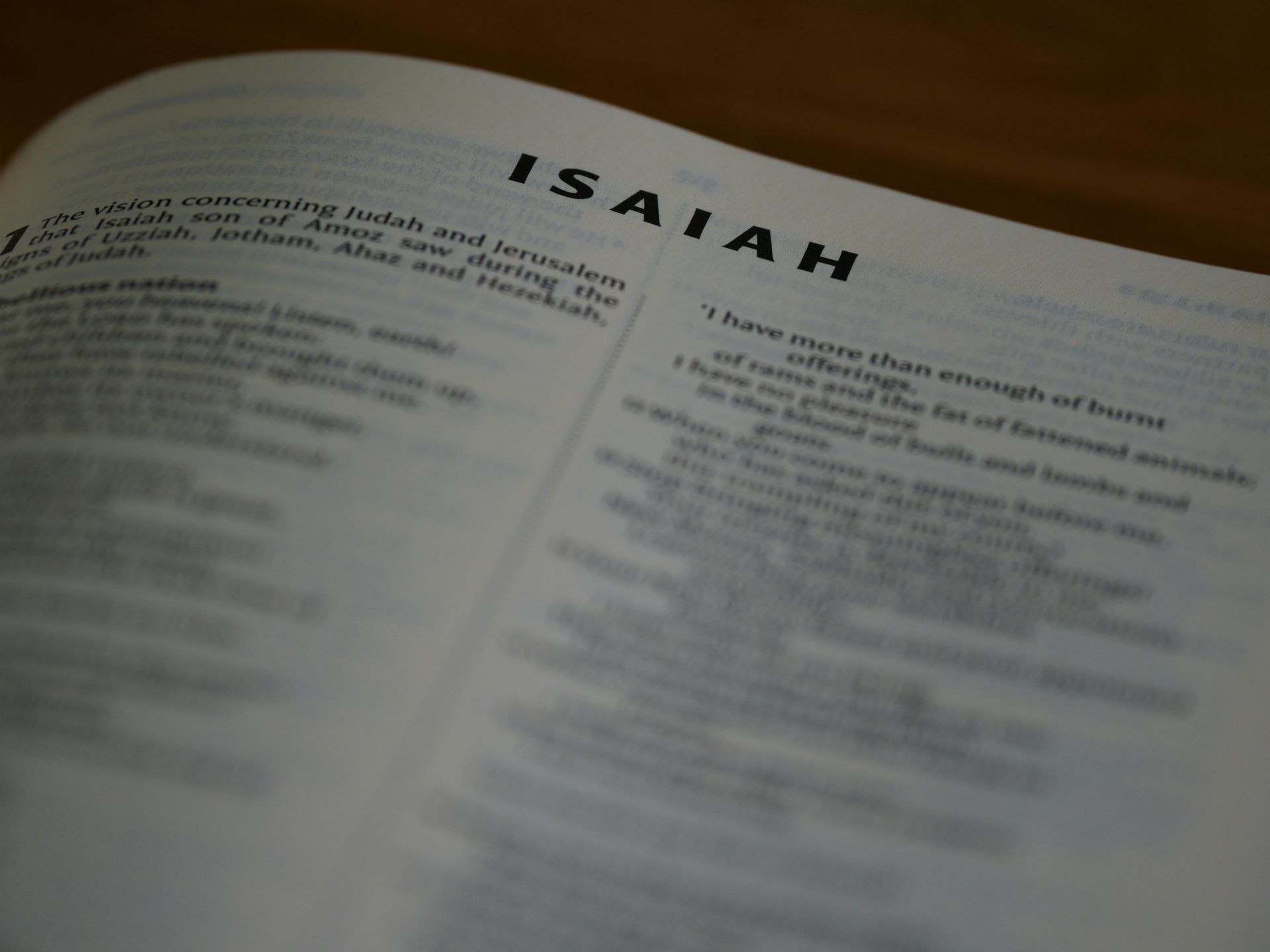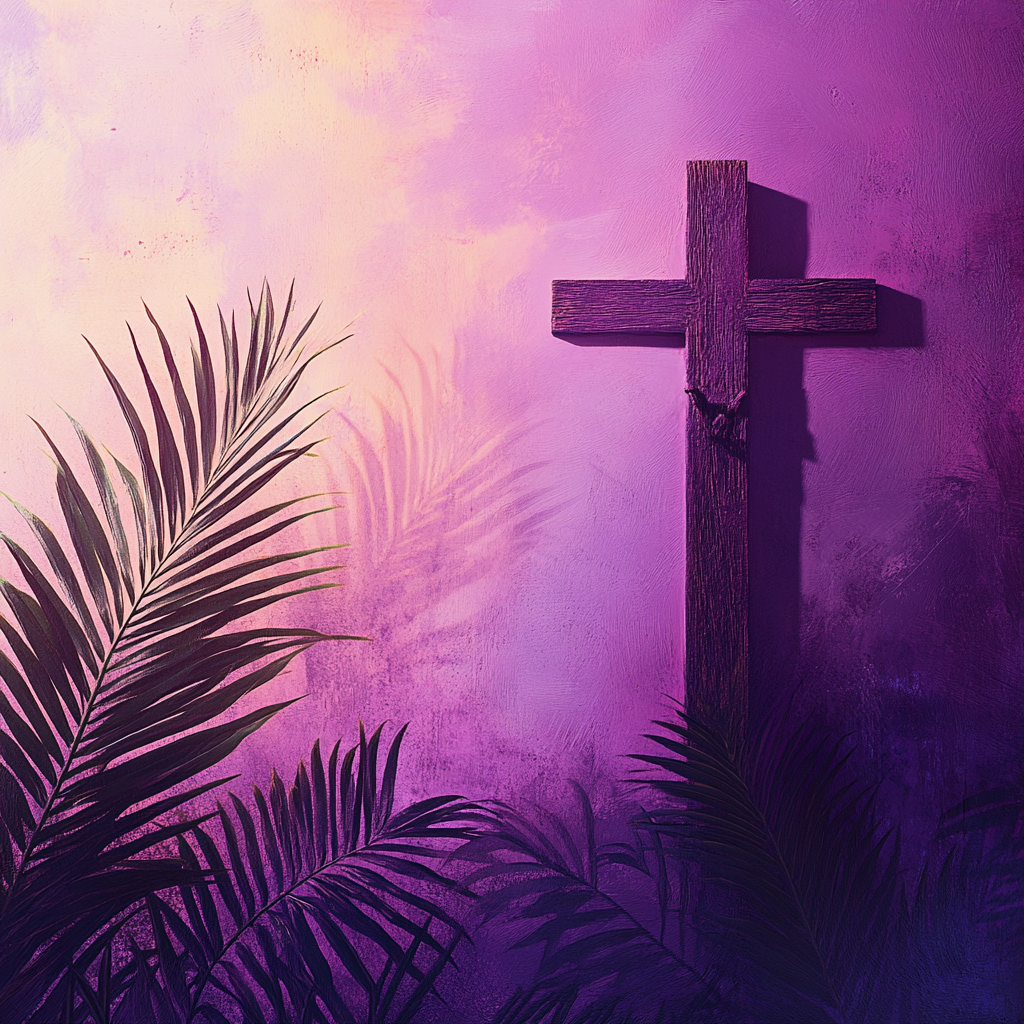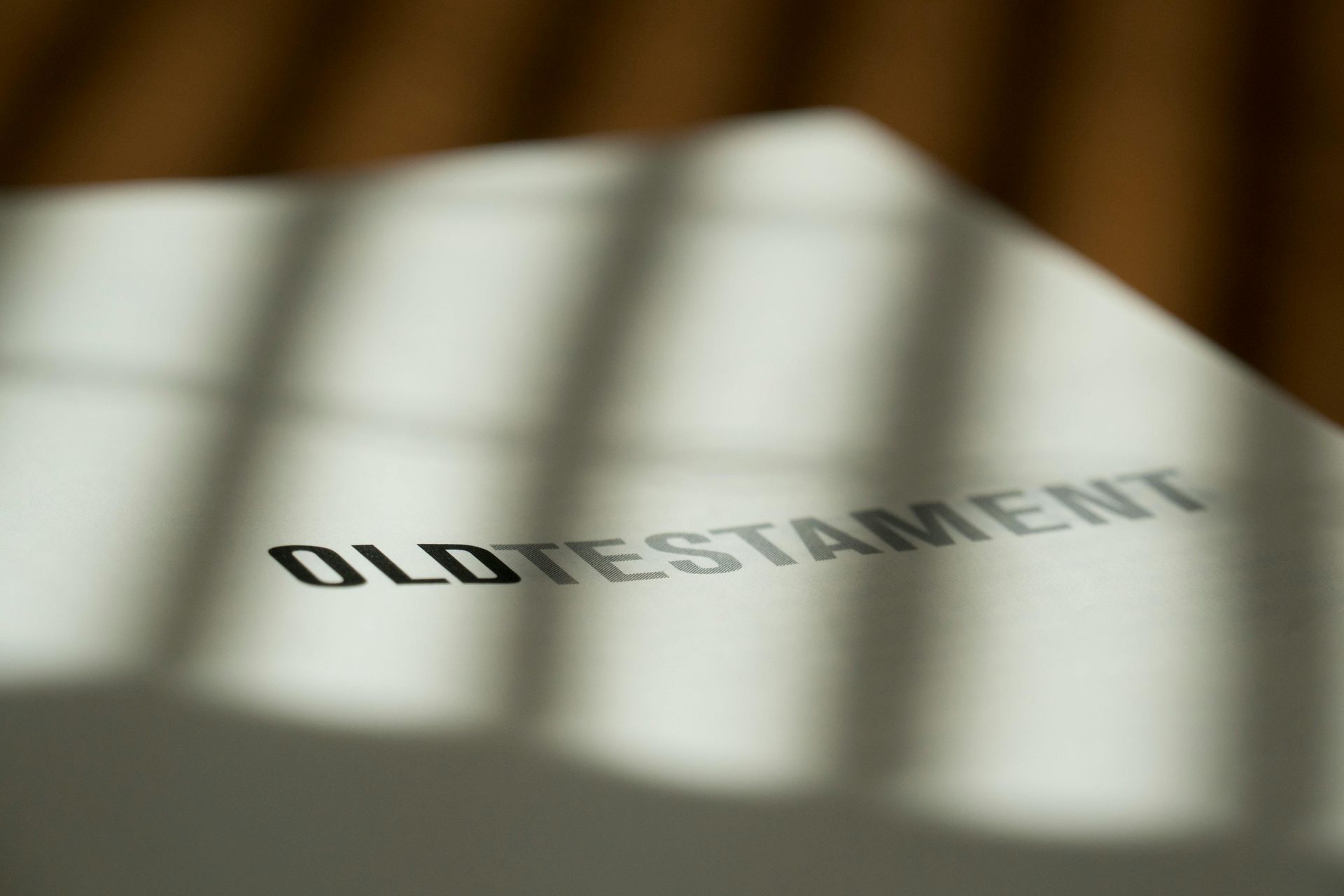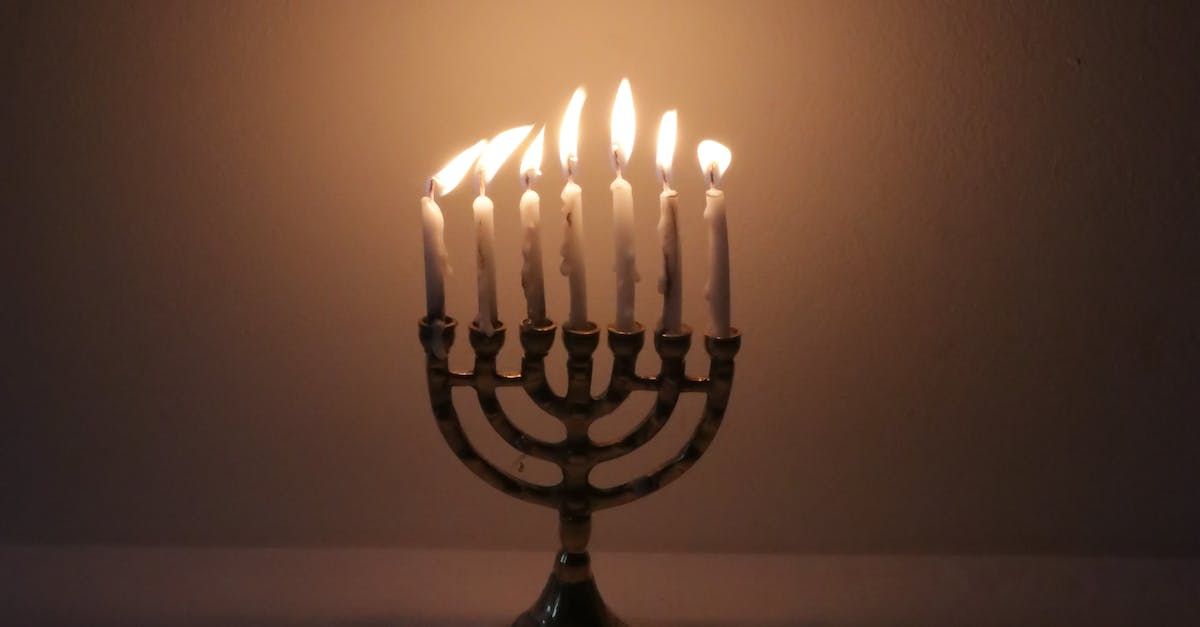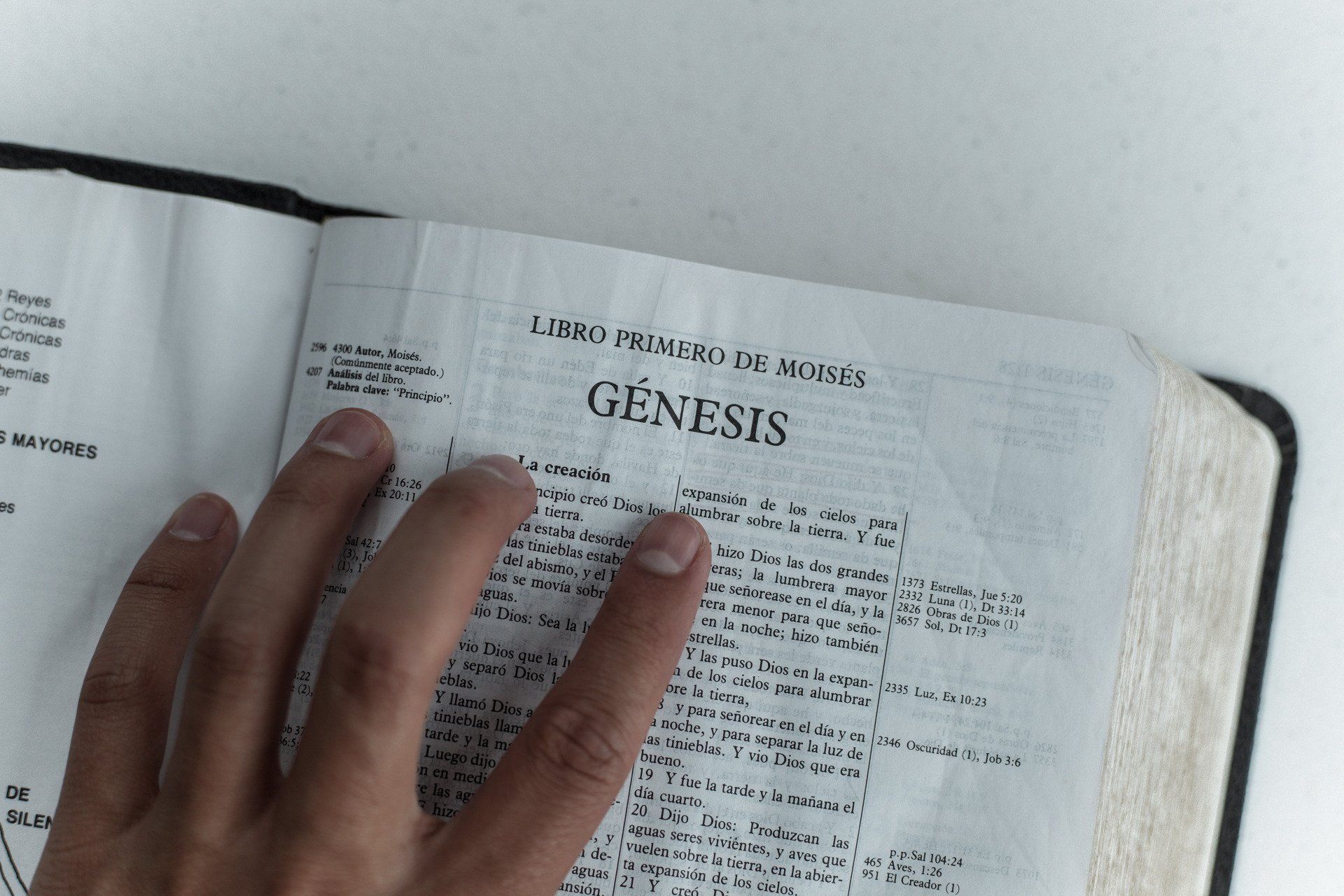Get in touch
555-555-5555
mymail@mailservice.com
Feast of Tabernacles
The Feast of Tabernacles, October 16-23, 2024
In Lev. 23:2, “The Lord said to Moses, ‘Speak to the Israelites and say to them: These are my appointed festivals, the appointed festivals of the Lord, which you are to proclaim as sacred assemblies.’”
The annual spring festivals were the Lord’s Passover, Feast of Unleavened Bread, Feast of First fruits, and the Feast of Weeks, (which is called Pentecost in the New Testament). The fall festivals consisted of the Feast of Trumpets or Rosh Hashanah (which is their New Year), the Day of Atonement or Yom Kippur, and the Feast of Tabernacles (Booths) or Sukkot.
Five days after the Day of Atonement, Israel celebrated its most joyous appointed time of the year with the fall harvest festival (Sukkot), also known as the Feast of Tabernacles (Lev. 23:33–36, 40, 42–43; Num. 29:12–40) or Feast of Booths or the Feast of the Ingathering (Ex. 23:16). During this week-long celebration, the Jewish people built small, makeshift shelters. Here they lived and ate their meals as a reminder of God’s provision and care during their 40 years of wandering in the wilderness when they lived and worshiped in temporary tents. It is a time of remembering God’s blessings.
As with most command, rabbis had to add more rules to dictate not only WHAT must be done, but HOW it was to be done. Since these booths were to be a temporary abode, they had to be built in a somewhat flimsy way. The maximum height could be no more than thirty feet and had to be made from something that grew from the earth, no animal skins, metal, or cloth. The roof had to be open enough to see the stars and even allow the rain to come in. It couldn’t be built indoors or under an overhanging porch, balcony, or tree. It had to be big enough to hold one person and one table, 26 inches by 26 inches. Nothing used to celebrate the feast could be stolen or borrowed.
The seven-day feast ended with an eight day, a solemn assembly. The Bible commands it (Lev. 23:36) but doesn’t give a reason. The Rabbis teach that it is a day of joy, a day of praying for rain and a day of giving to charity.
The Feast of Tabernacles is spoken of more frequently in the Hebrew scriptures than any other feast. In the New Testament it is mentioned in John chapters 7-10. In the middle of the Feast of Tabernacles Jesus began to preach publicly which led to conflict with the religious authorities. They questioned his source of learning, his claim of deity, his healing of the blind man, and his interpretation of the Law of Moses.
Zech. 14:16-19 tells us that the feast will be fulfilled by the Messianic kingdom, which will be a time of rejoicing following the time of affliction, the tribulation, pictured by the Day of Atonement. Every year each Gentile nation will send a delegation to Jerusalem to observe the Feast of Tabernacles.
The Feast of Tabernacles points to the Lord’s promise that he will again tabernacle or dwell with his people when He returns to reign over the world from Jerusalem (Micah 4:1-7).
These holy days, feasts, and festivals found their fulfillment in the life of Israel’s Messiah, Jesus Christ. These observances prophetically convey the good news of salvation through faith in Jesus Christ and the promise of His second coming.
Passover was fulfilled by the death of the Messiah, the Lamb of God.
Days of Unleavened Bread was fulfilled by the sinlessness of His offering.
First Fruits was fulfilled by the resurrection of Jesus, the Messiah.
Pentecost was fulfilled by the birth of the church.
The four-month interval between the spring feasts and the fall feasts is being fulfilled by the church age.
Feast of Trumpets will be fulfilled by the rapture of the church.
Day of Atonement will be fulfilled by the tribulation, leading to Israel’s salvation and national atonement.
Feast of Tabernacles will be fulfilled by the Messianic kingdom.
Though Christians are not commanded to observe these holy days, we can learn from them.
Recent Articles
Show More
Share this:
Share
Tweet
Share
Mail
Start Here...
Why Study the Bible?
Don’t many consider the Bible to be just a book of myths? Why do we read the Bible rather than the sacred literature of other religions?
How do we know that it is from God? How do we know that what we have today is an accurate translation from the original? Is the Bible complete or have there been some books that have been lost?
We should be able to answer these questions, and there are answers! So start here!
Answers to Common Bible Questions

December 17, 2021
Lent is a six week period of spiritual devotion starting on Ash Wednesday and ending at Easter. Those who observe Lent usually give up something for Lent. Some might give up coffee, or soda pop, or alcohol, or chocolate. May I suggest that you give up something that will really impress God and make this season of Lent one of the most memorable and meaningful seasons of your life? May I suggest that if you are giving up something, why not give up some of the acts of our sinful nature mentioned in Gal. 5:19? Why don’t we give up lying about others? Do you think you can give up the hate you feel towards others? How about envy, can we work on putting envy aside this year? How about giving up on the naïve idea that all pastors are mature Christian leaders whose word should always be accepted, rather than wolfs in sheep’s clothing (Matt 7:15). How about giving up the idea that everyone in church is a real Christian (Matt 7:21-23). How about giving up your desire to seek revenge on those who have hurt you (Matt 18:21-22)? If you are insecure and feel threatened when you see the success of others in ministry, how about giving up efforts to hinder others who have been called to minister (Rom 12:4-8)? Of course it is easier to give up something like chocolate, etc. and make yourself feel like you are doing something that is pleasing to God. If you are not willing to give up unchristian behavior, might I suggest something that will really please God this Lent? Give up all evidence of your profession of Christian faith, such as books, pictures and jewelry. Don’t talk about God, Jesus or the Church. I think God would appreciate it if you would stop giving HIM a bad name by the way you live. Let’s give up what hinders our witness and become a better ambassador for Christ (2 Cor 5:20) this Lenten season.

December 17, 2021
In Matthew 2:1-2 is says that the magi saw "His star in the east." What was this star that guided these men to Jesus? Some have suggested that it could have been a comet, an asteroid, or perhaps a meteor or an especially bright star. The problem with these suggestions is that these physical things either quickly move across the sky and then disappear or are too far away to provide directions with any precision. It would be hard to get directions from such objects. The "star" had to move constantly or intermittently at the same pace as the magi. Then it says that it hovered over the house where Mary and Joseph had moved to with Jesus. It hardly sounds like a comet or meteor or a star as we know them. Can you think of another time that people in the Bible were guided by some form of light? How about the time when Moses was leading the Israelites out of Egypt? He didn't have a global positioning system with him. He did have a pillar of fire that led him at night (Ex 13:21-22). We see this light in Solomon's Temple (2 Chron 7:1-3) and when the Jews were about to go into Babylonian captivity, we see it leaving the Temple (Ezek 9-11). In the New Testament we see it at the birth of Jesus (Luke 2:9) at His transfiguration (Matt 17:5) and His ascension (Acts 1:9). What exactly was this guiding light? The word "star" can also be translated as "radiance." It appears that it was this "radiance" that guided Moses and the magi. The Jews call this the "Shekinah", a physical manifestation of the glory of God in the form of a supernatural radiance. This, I believe, is what the Star of Bethlehem was.

December 17, 2021
Imagine that you are the pastor of a church. A young married couple is having some difficulties in their relationship and they seek counsel from you. On Monday the wife comes in to give her assessment of their marriage. What do you think she will say? She might say that she is a hardworking, caring and supportive wife and that it is her husband who is the neglectful, insensitive brute and the source of all problems in the marriage. You feel so sorry for this wife and when you see her husband in the hallway, you think to yourself, "What a jerk." On Friday the husband comes in and gives his assessment of the marriage. He tells you that he is hard working and very generous and that she is the major problem in the relationship. As the pastor, you are wondering if they both are talking about the same marriage. Each person tells you what makes them look best and their spouse the worst. Where is the truth? The truth is probably somewhere in between Proverbs 18:17 says, "The first to present his case seems right, til another comes forward and questions him." There are conflicts in all relationships, between spouses, parents and children, employees and employers. When you hear one side of a story, don’t assume that what you hear is the complete truth. And don’t pass on to someone else what you have heard. Probably, at least some of what you heard is untrue to gain your support in a conflict.
Questions?
Send us your questions or comments. We respond to every message.
About us
Encouraging Everyone to Study the Word of God and do the Work of God.
Useful Links
Contact info
Join our family
Contact Us
Thank you for contacting us.
We will get back to you as soon as possible
We will get back to you as soon as possible
Oops, there was an error sending your message.
Please try again later
Please try again later
The Berean Bible Ministry
This web site is dedicated to the study of the Bible, with no advertising and no popups. It is supported by our Bible study group.
